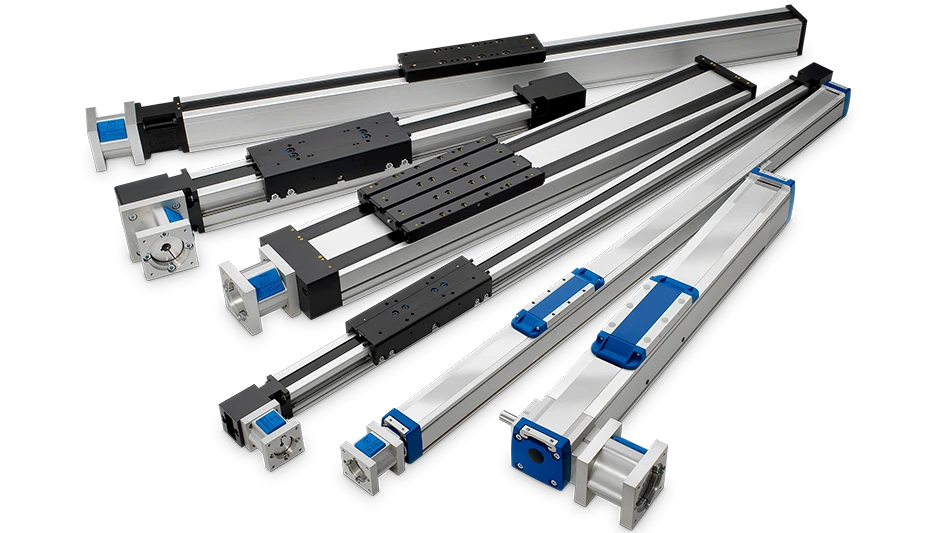
Lightweight and corrosion resistant, composites provide a high strength-to-weight ratio and can be designed with certain mechanical properties that make them ideal for flight.
With major manufacturers constructing some aircraft containing approximately 50% composites, inspectors face new challenges in detecting defects or discontinuities. The critical importance of solving these issues to keep the public safe has sparked a race within the industry to find new ways to efficiently inspect these materials.
Composite types
Aerospace composites are either honeycomb core or fiber-reinforced polymers. Honeycomb composites sandwich aluminum, fiberglass, aramid polymers, or structural foam between thin layers of skin. The type of core material used depends on the application. The skin can be constructed of aluminum, graphite, fiberglass, heat-resistant fibers, or hybrid materials.
Fiber-reinforced composites, on the other hand, are made up of multiple layers of fibers bound together with a polymer matrix. The mix of strong-but-brittle materials inside a polymer matrix combines the advantages of each type of material while reducing their disadvantages. Fiber-reinforced composites are used differently than honeycomb composites, and the most common type of defect found is delamination. (Figure 1)
Despite their advantageous mechanical properties, composites are not immune to discontinuities, which can be caused by impacts, lightning strikes, and manufacturing defects. Honeycomb composites are more susceptible to the following discontinuities:
- Type A – Delamination between plies of outer carbon fiber-reinforced polymer (CFRP) skin parallel to the surface
- Type B – Disbonding between the outer skin and the honeycomb core
- Type C – Cracked honeycomb core parallel to the inspection surface
- Type D – Crushed honeycomb core in a parallel area
- Type E – Disbonding between the inner skin and honeycomb core
- Type F – Fluid ingress in the honeycomb core (Figures 2 & 3)


Inspection methods
Pitch-catch technique – Acoustic energy is emitted from one tip on a pitch-catch probe and received by the other tip. On a flaw-free part, most of the energy travels on the surface, but part of the energy is dispersed into the composite. When the probe is placed over a discontinuity, such as a disbond, more energy travels on the surface, increasing the amount of energy read by the receiving tip. Pitch-catch probes are used on honeycomb composites to detect disbonds and core damage. However, the defect, in some cases, must be as large as the distance between the two activated tips to be detected. Also, repaired honeycomb can appear as a discontinuity because the repaired area will alter the signal. An inspector can read such a result as a false positive.

Mechanical impedance analysis (MIA) – Tests use single-tipped, dual-element probes to measure the stiffness of the part to detect smaller discontinuities. When the composite has no discontinuities, the probe reads a very high stiffness level, which is the base value. As the probe passes over a discontinuity, such as a disbond, the stiffness decreases. The change in stiffness is detected by the probe. This type of inspection works best on a stiff composite since the difference in stiffness between a discontinuity and flexible composite is not enough to be registered by the probe. (Figure 5)
With the right supporting instrument, pitch-catch and MIA probes can be used to generate a C-scan image of the material – an intuitive, color-coded image that makes it easy to visualize the discontinuities in the part. With an advanced instrument with bond testing and C-scan capabilities, inspectors can scan using several frequencies to increase the probability of detection and sizing performance. Every frequency recorded can be analyzed using the amplitude or phase setting, giving the inspector up to 16 C-scans to analyze. (Figure 6)

Resonance technique – Special narrow-bandwidth sonic contact probes detect the change in impedance of a sharply resonant high-Q sonic probe when acoustically coupled to a material. (Q being the probe’s tuned, set resonance frequency after the probe has calibrated to the instrument.) The probe’s electrical impedance is affected by the acoustic impedance of the test sample, and the composite’s acoustic impedance is altered by any lack of bonding. A disbond acts as a thin plate that vibrates, generating a standing wave when the thickness is equal to odd number multiples (1, 3, 5, etc.) of the length of the acoustic wave in the plate. This method is used on fiber-reinforced composites.


Conclusion
Testing composite parts for discontinuities using acoustic probes is an important part of maintaining safe air travel. Bond-testing multimode instruments and advanced flaw detectors with bond testing add-ons can help inspectors do their jobs quickly and efficiently to keep aircraft operating safely.
Olympus Scientific Solutions Americas
Get curated news on YOUR industry.
Enter your email to receive our newsletters.
Explore the March 2019 Issue
Check out more from this issue and find your next story to read.
Latest from Aerospace Manufacturing and Design
- Electra reaches 2,200 pre-orders for its Ultra Short aircraft
- Heule's DL2 tooling for deburring of small bores
- Ralliant to establish global headquarters in North Carolina
- Philatron MIL-DTL-3432 military cables
- Beyond Aero refines its hydrogen-electric light jet
- Americase's advanced protective solutions
- Social media - what are your thoughts
- GE Aerospace secures Air Force engine contract








